Why Subshrubs Like Lavender and Rosemary are Hard to Divide
Did you know not all plants that come back year after year can be easily divided? Subshrubs like lavender and rosemary are harder to divide than you may think and I’ll tell you why.
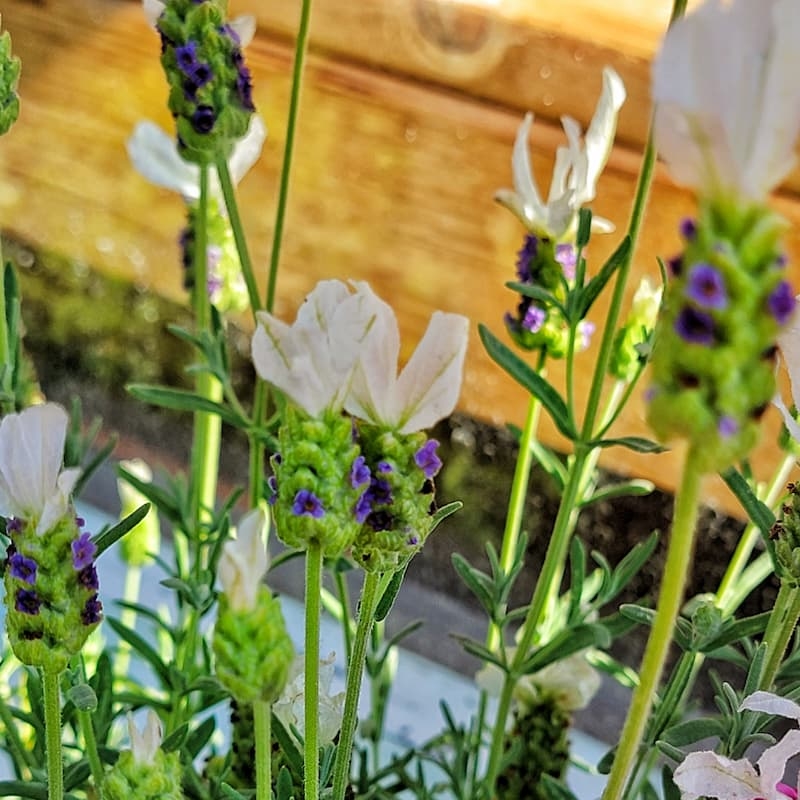
It’s important to prevent plants that share garden space from overcrowding one another. I usually start dividing and transplanting overgrown perennials in April.
But did you know that there are certain plants that are hard to divide because they are subshrubs?
Subshrubs are bushes that have a woody base, like a tree, and whose soft stems die back during the winter.
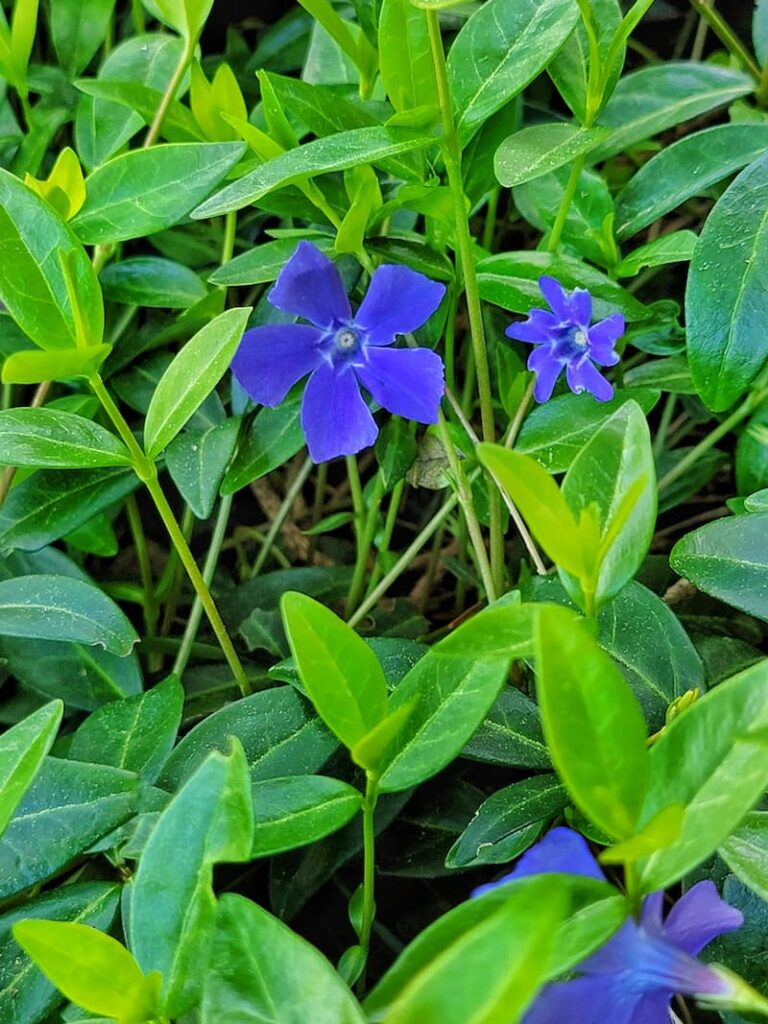
Examples of Subshrubs
- Lavender
- Rosemary
- Periwinkle
- Thyme
- Sage
- Heather
As an Amazon affiliate, I earn from qualifying purchases at no extra cost to you. My blog contains other affiliate links as well for your convenience. Click here to read my privacy policy.
I’m a self-taught hobby gardener, not a Master Gardener. Everything I share with you on my blog is my personal opinion and things that worked for me along the way.

Why are Subshrubs like Lavender and Rosemary are Hard to Divide?
Subshrubs have a single stem and root system which makes them more difficult to divide than other perennials.
Because the top of the plant does not harden off before winter like other shrubs, true dormancy is never reached. Because of this, the top portion of a subshrub is susceptible to frost damage.
The amount of damage depends on how cold it gets and the amount of snow that has fallen in your area.
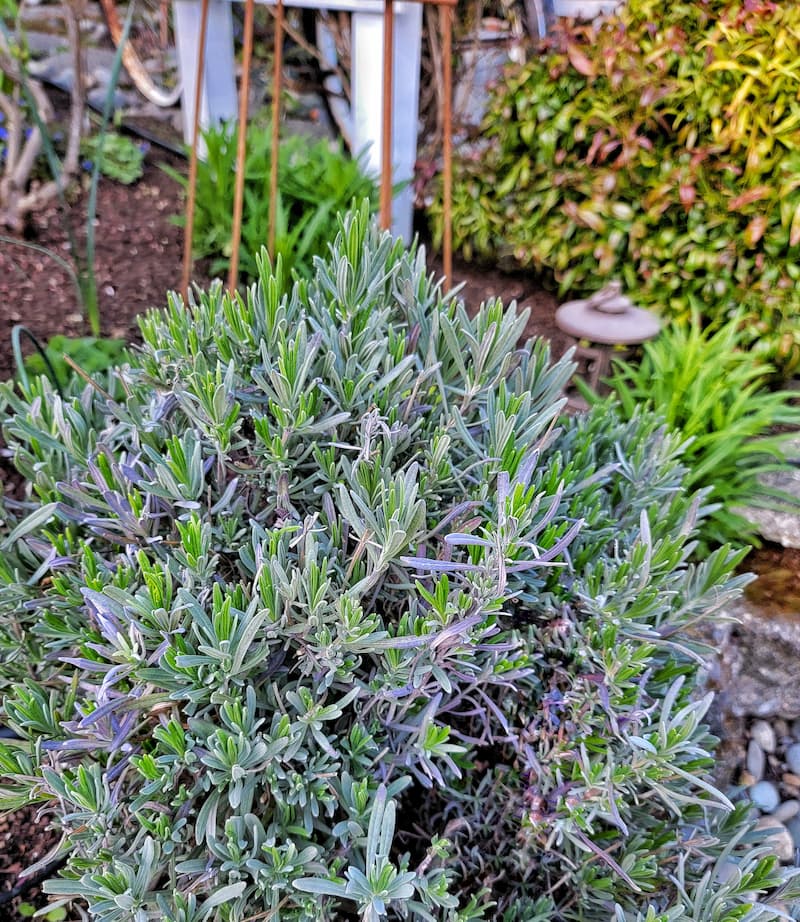
Subshrubs Can Get Leggy
Subshrubs are woody at the bottom and develop new buds higher up the plant each year.
As they grow taller they get extremely leggy with most of the green part of the plant above the dead-looking stems.
By pruning your subshrubs at least once a year, usually in late spring or early summer, you can help to prevent the plant from getting too leggy.
It’s important not to prune back subshrubs such as lavender until you see new growth. This is because it’s hard to know how much a plant has been damaged over the winter until you start seeing new buds form.
It’s recommended not to remove more than one-third of a plant’s total growth when pruning. However, rosemary can handle pruning better than other subshrubs so it will most likely grow back even after being cut back aggressively.

I hope I’ve been able to clear up some questions you may have about what a subshrub is and why plants like lavender and rosemary are harder to divide.
I’d love to hear any questions or comments you may have.
Until next time,
Happy Gardening!

PIN AND SAVE ON PINTEREST
If you’ve enjoyed this blog post, please pin and share this on Pinterest.
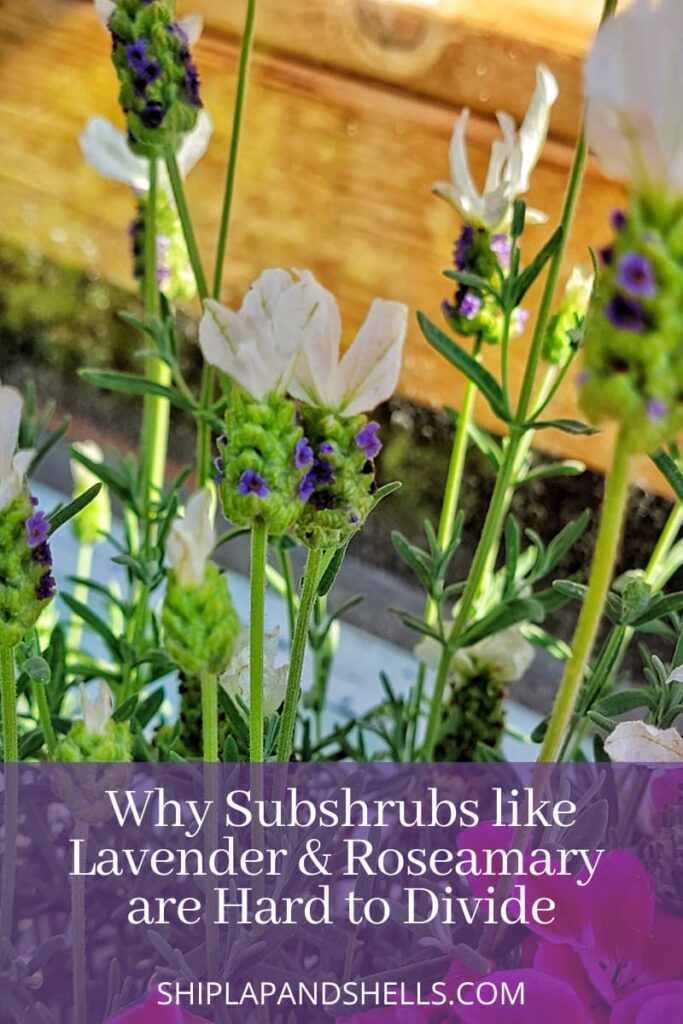
More Gardening Posts
Let’s Connect on Social Media
- Follow me @shiplapandshells on Pinterest, Instagram and Facebook
- Join my Facebook Gardening Tips & Tricks Group.



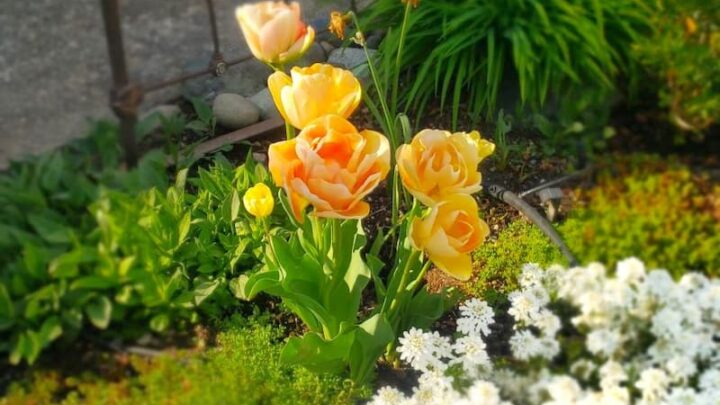




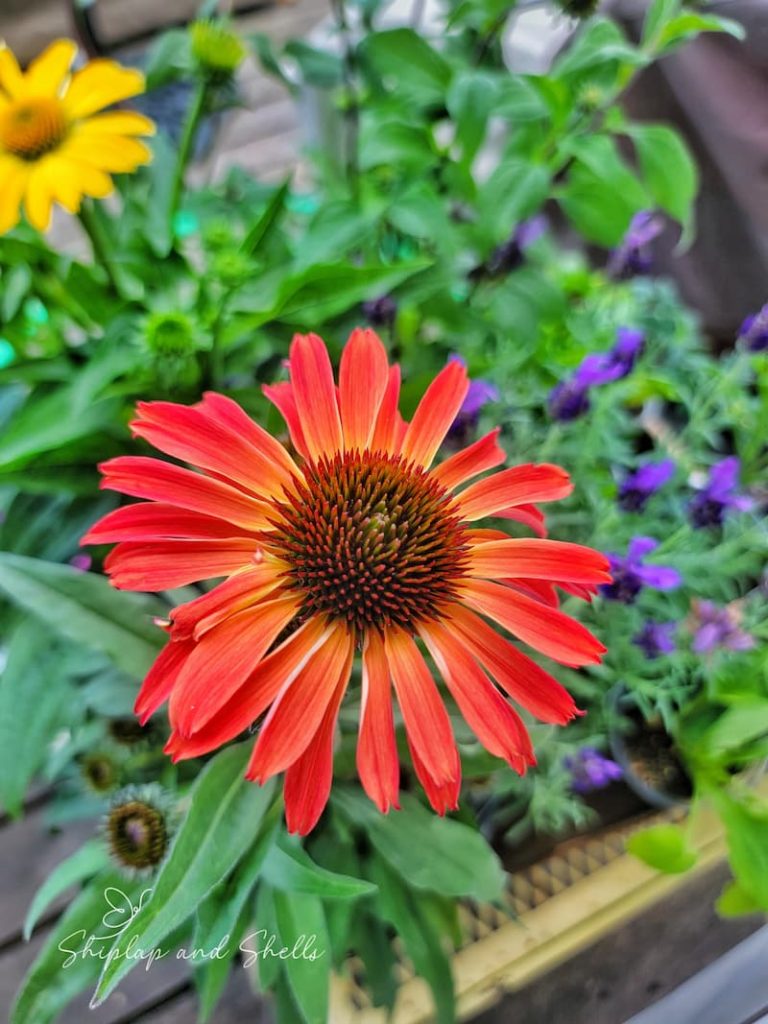
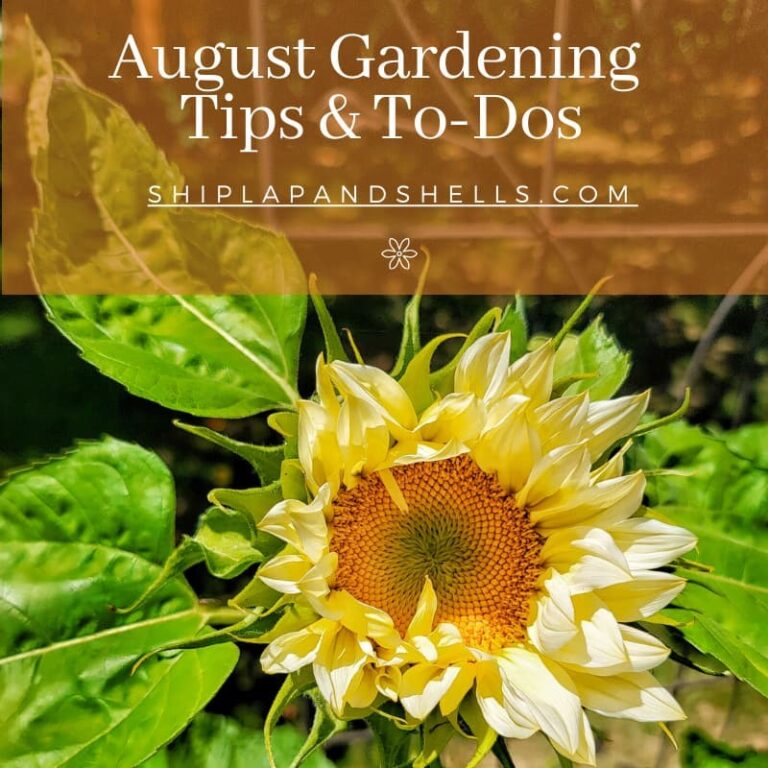




I just pruned my lavender, and I’m so glad you mentioned this is the right time to do it… I was sweating that you were going to say fall lol. Hugs friend.
Kim,
This is so helpful. Thanks for sharing.
Loved this post Kim! Great topic!
Thanks, Stacy. I never even knew that lavender and rosemary were called subshrubs. You learn something new every day.
Now I know why my Lavender looks so scraggly and leggy! I always admire those perfectly half-round balls of lavender in other people’s gardens but can never seem to achieve that effect myself or if I do, it only lasts one season. I’m pinning this to remind me when to prune and what to watch out for. Fingers crossed!
This was something I just learned about Jayne. I don’t have my lavender last more than a year or two generally.